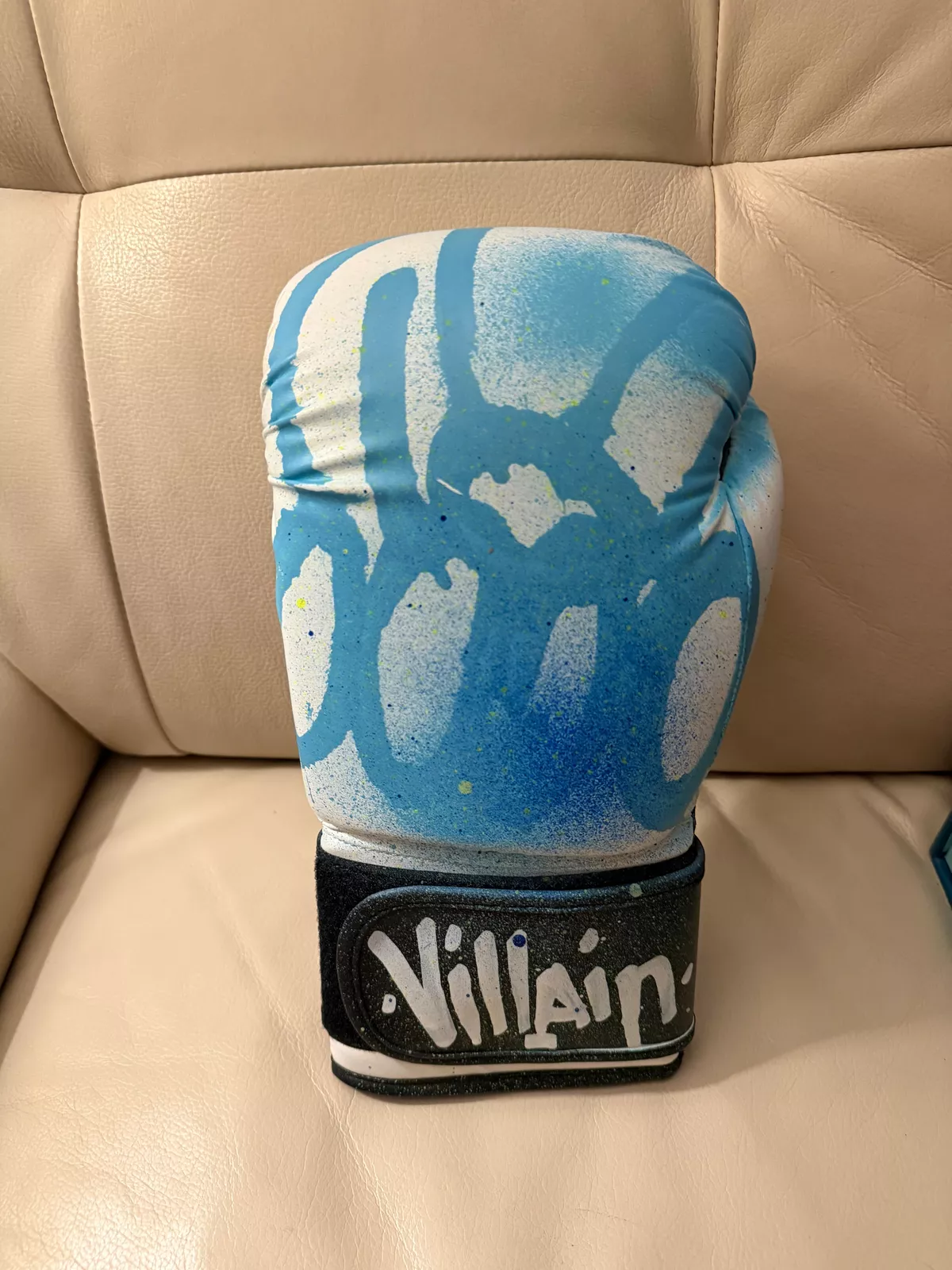
Whaam! Gallery is set to debut SPORTS, a dynamic and immersive exhibition by San Francisco-based artist Yarrow Slaps. Known for his distinctive approach to painting, Slaps blends personal experiences with pop culture references, particularly figures from sports, music, literature, and video games. This latest body of work plays with the idea of identity and mythology, creating a world where icons exist in an almost supernatural space.
Taking inspiration from video game aesthetics—specifically, the “create a player” mode—Slaps’ characters hover between reality and fantasy, inviting viewers to question notions of selfhood and cultural significance. Featuring figures such as Lisa Leslie, Nipsey Hussle, and Allen Iverson, SPORTS builds a visual landscape where nostalgia, hero worship, and artistic distortion collide. Through a mixture of anatomical exaggeration, vibrant colors, and playful reinterpretations of digital character screens, Slaps offers a fresh perspective on the larger-than-life personas that have shaped collective consciousness.
The exhibition opens today and will run until February 22, 2025, at Whaam! Gallery. Below, we explore the intricate layers of SPORTS, its connection to Slaps’ broader artistic journey, and the ways in which it redefines portraiture in contemporary art.
The Convergence of Selfhood and Pop Culture
At its core, SPORTS explores the fluidity of identity. Slaps draws from his own autobiographical memories, infusing them with the presence of cultural icons who have influenced his perception of the world. By positioning figures like Nipsey Hussle and Allen Iverson within dreamlike, almost surreal compositions, he suggests that our heroes exist both in the realm of the personal and the universal.
This concept is magnified through Slaps’ reference to video game design, particularly the character creation process. In many sports games, players can customize avatars, selecting everything from skill sets to accessories. Slaps adopts this framework to reflect on identity construction, both in terms of personal growth and the shaping of cultural legends. By incorporating playful “player stats” and inventory-like elements, he blurs the line between reality and digital storytelling, nodding to the way pop culture artifacts (video games, music, sports) contribute to how we see ourselves.
In this way, SPORTS operates as a visual mixtape, weaving together formative moments from Slaps’ past with the figures who inspired him. Whether through basketball, hip-hop, or literature, the artist suggests that identity is a patchwork—stitched together from the influences that shape us over time.
Aesthetic Oddities: The Signature Style of Yarrow Slaps
One of the most striking elements of SPORTS is Slaps’ approach to form. His figures often possess elongated limbs, off-kilter proportions, and exaggerated features, lending them a surreal, almost otherworldly presence. The gallery itself notes the strange anatomical choices in these portraits, leaving the viewer to wonder whether they are simply an extension of Slaps’ artistic style or a deliberate reflection of the characters’ metaphorical stature.
This distortion plays into the overarching themes of the show. Many of the figures Slaps portrays—Lisa Leslie, Allen Iverson, Nipsey Hussle—are already mythic in their respective fields. Their impact transcends their professions, making them cultural icons in a much broader sense. By stretching, warping, and reimagining their forms, Slaps visually underscores their larger-than-life nature.
His use of color further amplifies this dreamlike quality. Vibrant hues and bold contrasts pull viewers into each composition, reinforcing the idea that these paintings exist in a world that is neither fully real nor entirely fictional. The result is an exhibition that feels like a fever dream of pop culture—an electric, charged space where the past and present, personal and collective, converge.
The Role of Sports and Video Games in Cultural Mythmaking
Slaps’ choice to focus on sports as a primary theme speaks to the ways in which athletics have long been tied to identity and storytelling. Athletes are often mythologized, their careers framed in narratives of struggle, triumph, and perseverance. Figures like Allen Iverson and Lisa Leslie weren’t just players; they were symbols of transformation within their respective sports. Iverson, for example, was instrumental in shaping the culture of the NBA, both on and off the court. His influence extended beyond basketball, impacting fashion, music, and attitudes toward self-expression in professional sports.
Lisa Leslie, a towering figure in women’s basketball, similarly challenged conventions and helped define the WNBA’s early years. By painting these figures, Slaps isn’t just celebrating their achievements—he’s interrogating the ways in which we construct cultural heroes.
The incorporation of video game aesthetics adds another layer to this discussion. In games like NBA 2K, players are given control over avatars, tweaking and modifying them to fit their vision. This echoes the way public figures are shaped by media, fandom, and personal perception. Who they are on the court or stage is only part of their legacy; their influence is also sculpted by how they are remembered, represented, and recreated in cultural memory.
Slaps embraces this complexity, offering a playful yet thought-provoking examination of the way we engage with icons. His painted “character select” screens act as both tribute and critique, nodding to the artificiality inherent in hero worship while also celebrating the genuine impact these figures have had.
Nostalgia and the Power of Visual Storytelling
Another compelling aspect of SPORTS is its engagement with nostalgia. For many viewers, references to classic PlayStation 2 covers and vintage sports imagery will trigger a flood of memories. Slaps understands the power of these cultural touchstones and wields them effectively, layering personal recollections with broader collective experiences.
By incorporating elements from early-2000s gaming culture, he speaks to an audience that grew up in that era, inviting them to reflect on their own relationships with sports, music, and self-image. His approach is deeply personal yet universally resonant—much like the way an old video game soundtrack or a beloved athlete’s highlight reel can transport someone back to a specific moment in time.
This interplay between past and present adds to the exhibition’s richness. Slaps isn’t just painting icons—he’s reconstructing memories, allowing them to evolve within the vibrant, hybridized world he has created. SPORTS is, in many ways, a love letter to the formative experiences that shape identity, presented through a lens that is equal parts homage and reimagination.
A New Way of Seeing Cultural Icons
With SPORTS, Yarrow Slaps pushes the boundaries of portraiture, presenting a collection of works that challenge conventional notions of representation. His fusion of autobiographical memory, video game aesthetics, and pop culture mythology results in a show that is visually arresting and conceptually layered.
By positioning figures like Lisa Leslie, Nipsey Hussle, and Allen Iverson within this surreal, exaggerated framework, Slaps invites viewers to reconsider what it means to be an icon. Are these figures remembered as they truly were, or as the larger-than-life personas we have crafted in our collective imagination?
No comments yet.









